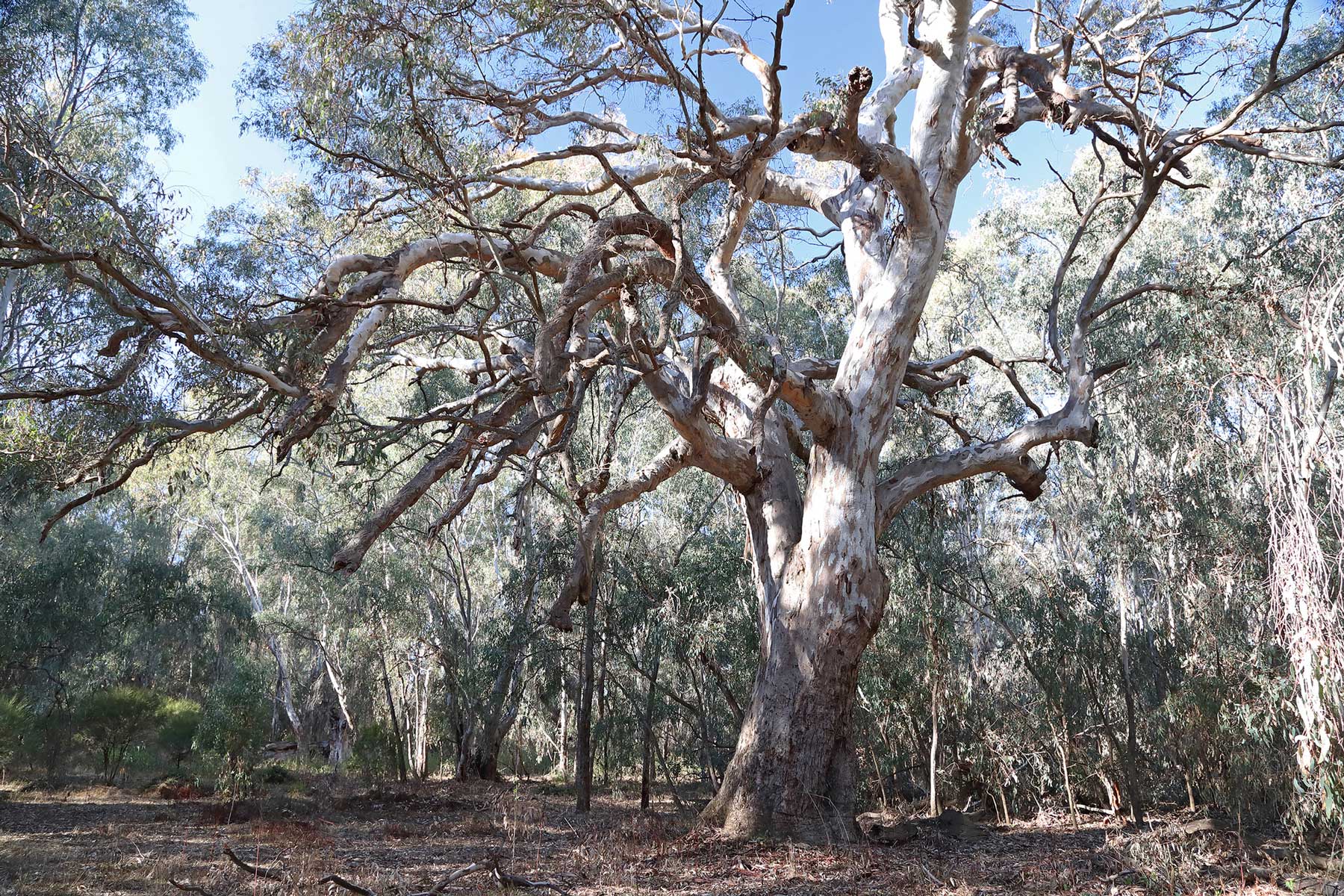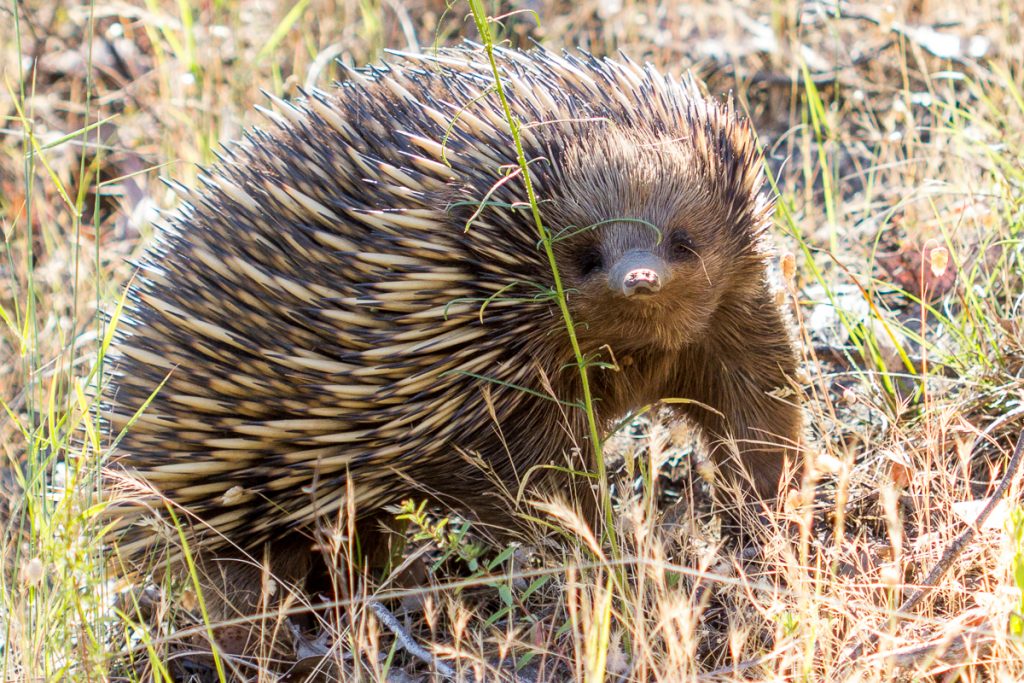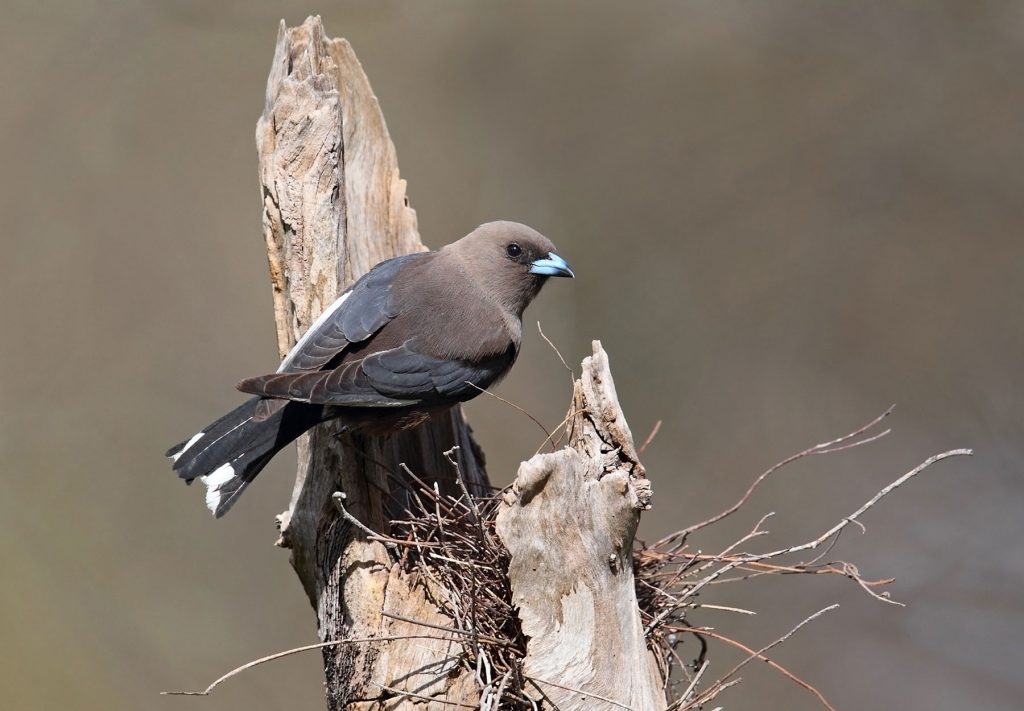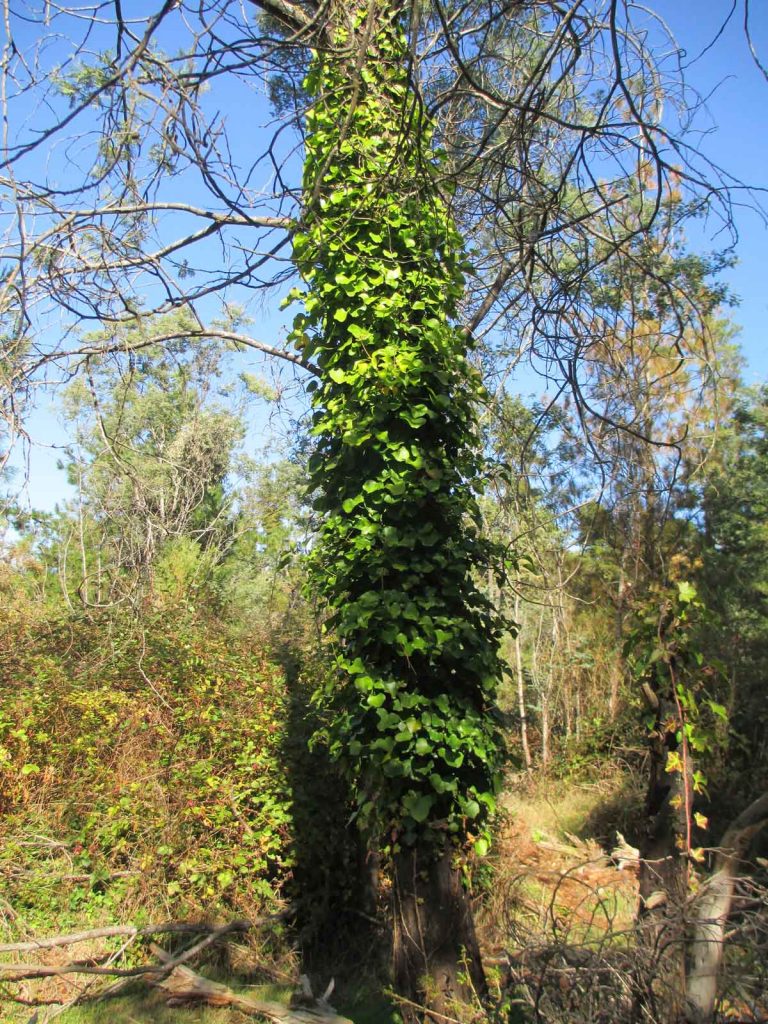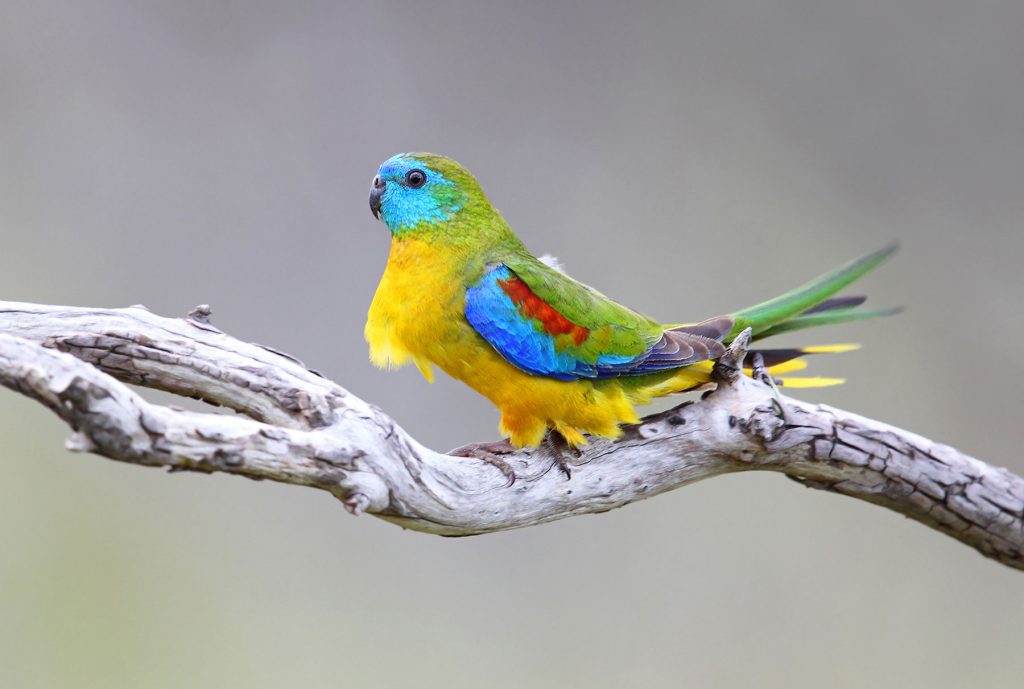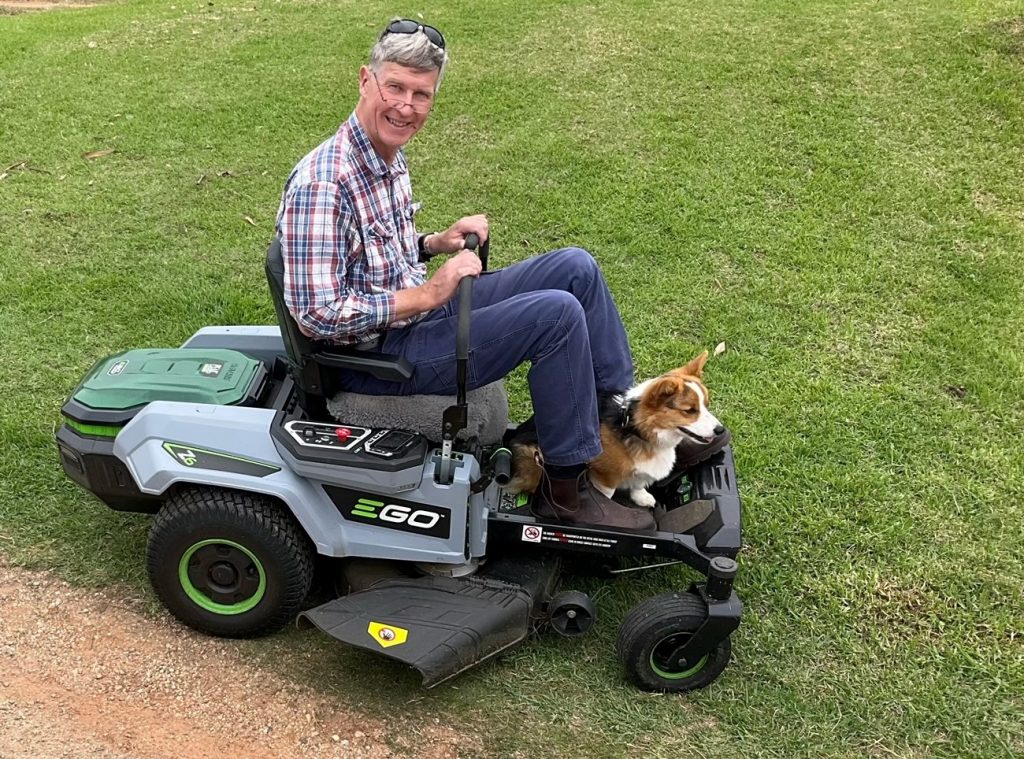
Laughing Kookaburra
By Ian Davidson and Chris Tzaros – Wangaratta Landcare & Sustainability The raucous cackle of the Laughing Kookaburra is an essential feature of our region’s dawn chorus and is instantly recognisable by most people, both by its plumage and voice. It is generally off-white below, faintly barred with dark brown,

